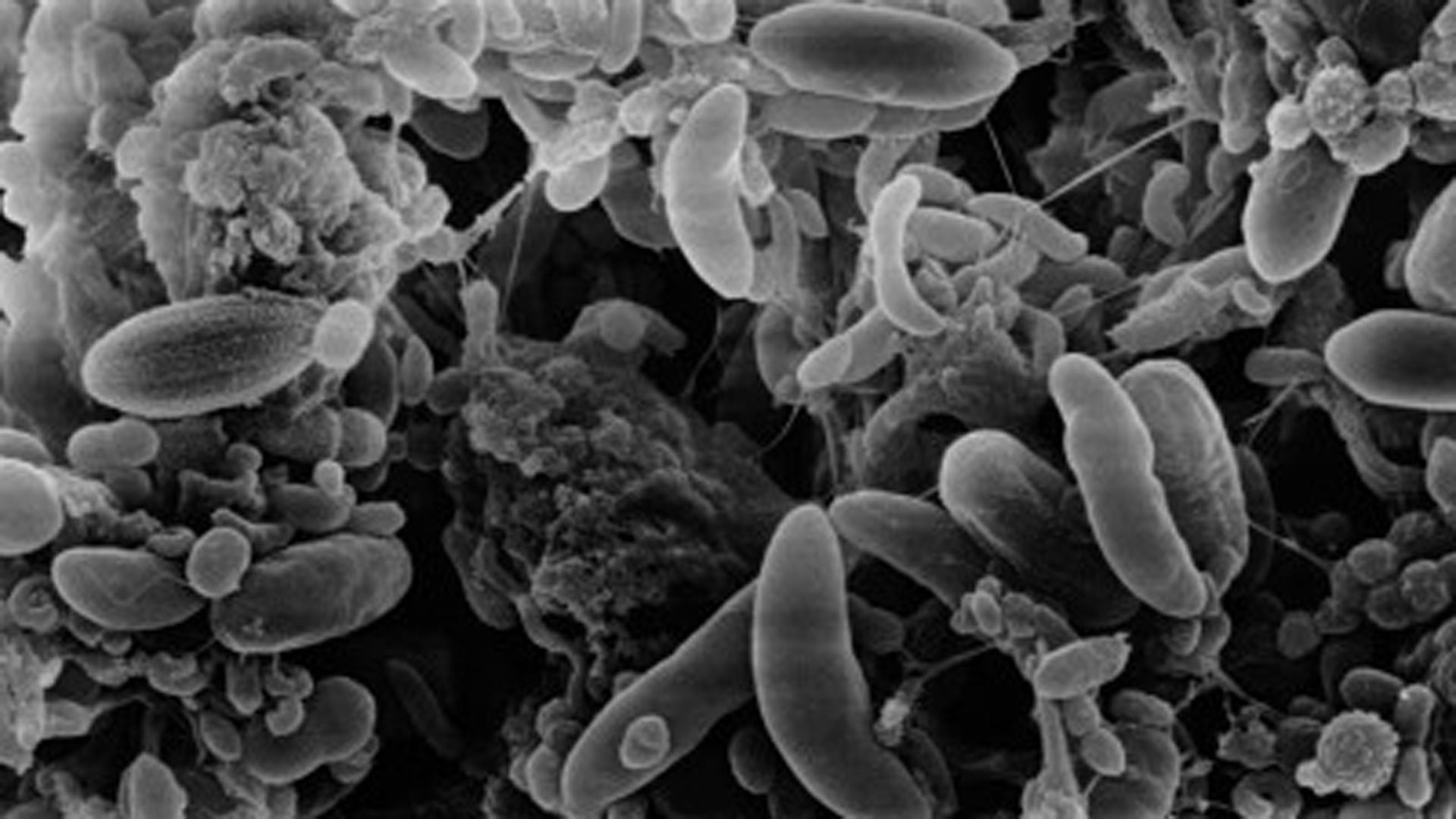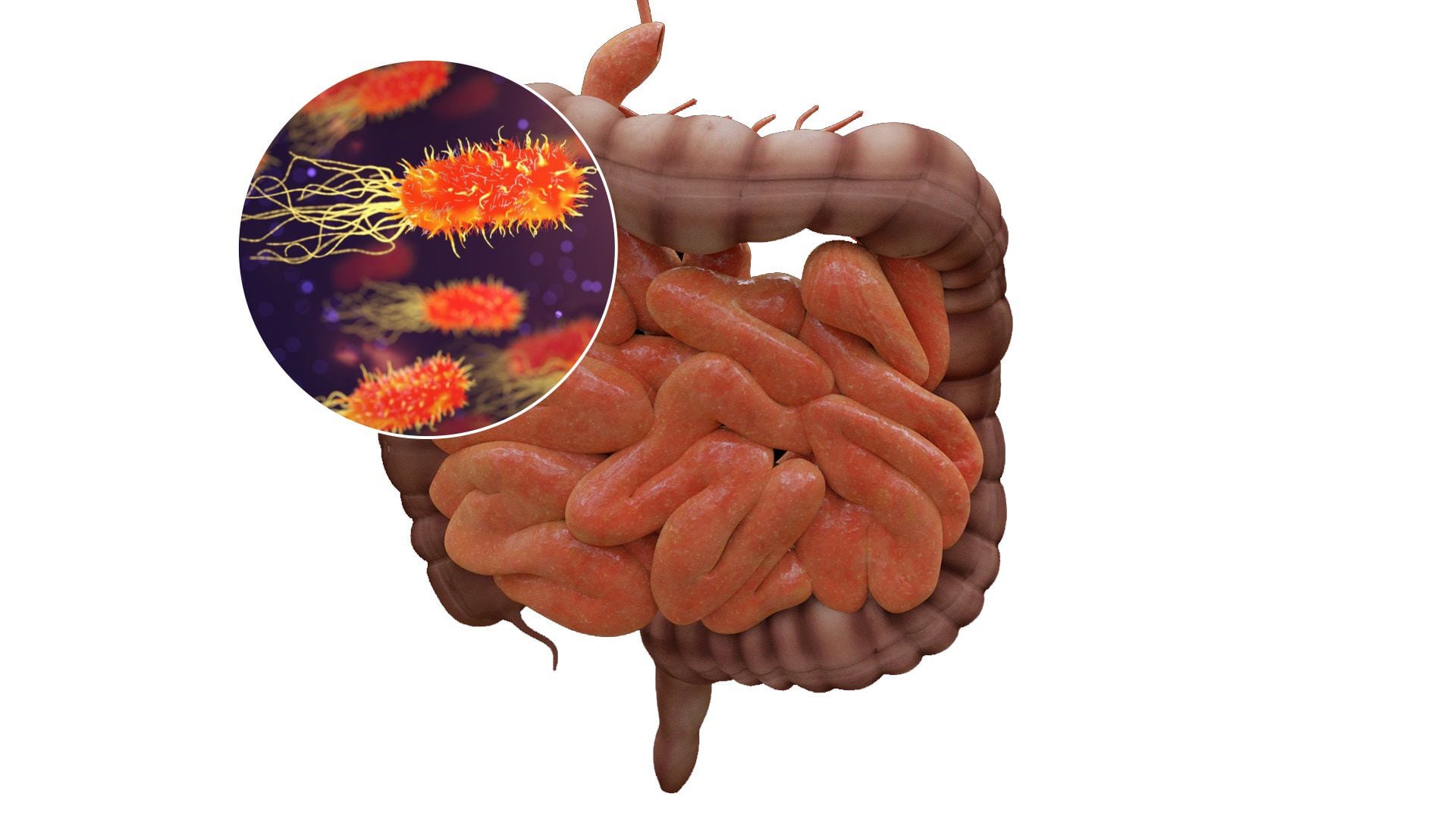
Although the role of “good” viruses in human health remains relatively mysterious, we are gradually unraveling the importance of our viral visitors. In this special feature, we present a neglected section of the microbiome - the viroma.
Before the SARS-CoV-2 coronavirus appeared, the role of bacteria and our microbiome in health and disease was at the forefront of medical research worldwide.
In a few years of research, experts found that without our personal fleet of “friendly” microorganisms called the microbiome, we would not thrive. When we hear the word “microbiome”, we immediately think of bacteria, but technically, the microbiome is the sum of all microorganisms in a particular environment. Some scientists use the term to refer to the sum of the genetic material of these microorganisms.

So, in addition to bacteria, the microbiome also includes viruses (the viroma) and fungi (the mycobiome), among other visitors. To date, scientists have paid comparatively little attention to the viroma or mycobiome.
Viruses have settled in a variety of ecological niches in the human body, especially on mucosal surfaces, such as the inside of the nose and mouth and the lining of the intestine. In this role, we will focus on the intestinal viroma because it harbors the largest number of viral occupants and more research has been done.
Of course, viruses are most famous for causing diseases, such as COVID-19, influenza, smallpox, hepatitis, HIV, and rabies. Due to the urgency associated with viral disease, this aspect has absorbed most of the time of researchers. However, many viruses do not have the slightest interest in human cells. Given what we now know about viruses and how potentially lethal they can be, the idea of inhaling or swallowing one to treat an infection seems like the last thing we would want to do. But that's exactly what doctors could soon prescribe. In fact, you may even be advised to take a virus supplement, as you would a probiotic, to stimulate your 'good' gut microbes.

But unlike coronavirus, viruses used as a treatment or preventive measure only attack and kill bacteria. They don't attack healthy cells. Known as phages, they are being investigated as an alternative to antibiotics to treat conditions such as urinary tract infections (UTI), acne, infected foot ulcers, and tuberculosis.
Years before penicillin, scientists found that phage therapy was effective, and most importantly, it lacked side effects. When antibiotics were discovered, phage therapy went into the background. Antibiotics could be manufactured relatively easily and killed a wide spectrum of bacterial species. However, with today's high-tech capabilities and the fearsome backdrop of antibiotic resistance, interest in phage therapy may resurface.
Superbacterias

Thanks to decades of widespread use of antibiotics, an increasing number of bacteria are mutating into lethal organisms resistant to our available drugs. “The potential of phage therapy is enormous for anyone with an antibiotic-resistant infection,” says Dr. Joanne Santini, professor of microbiology at University College London who is driving new research, concerned about the rise of superbugs.
In fact, in a remarkable story, in January, doctors in Georgia reported on the success of phage therapy for a 30-year-old victim of the suicide bombing at Brussels airport in 2016. The patient, who had undergone five operations, had been taking antibiotics for almost two years due to an infection in a wound on her thigh: she had been infected with a superbug, Klebsiella pneumoniae, and was not healing.
But within weeks of adding a phage to her medicine, the broken femur began to repair itself and she can now walk and ride a bicycle, according to the journal Nature Communications. The most recent research also suggests that phages may make current antibiotics remain effective longer. And a team of microbiologists has put forward plans to set up the UK's first phage “bank” to store phages, so that they are ready for other researchers and doctors to use them when needed.

Scientists such as Dr. Ben Temperton say that the population can help discover life-saving phages (viruses that kill bacteria) through the Citizen Phage Library page. “The goal is to build a phage database so that if a patient needs treatment, there is a national resource that can offer it quickly,” said Temperton, associate professor of microbiology at the University of Exeter, who created the project.
“People are sent kits containing three glass jars. They fill them with water from their local areas, such as ponds or rivers, and send them back to our laboratory. We filter out the bacteria and what's left are the viruses. We add them to a sample of bacteria for which we want to find phages; if there are phages in the sample that kill the bacteria, they will increase in number. Phages are checked to make sure they don't have any dangerous genes and then added to the database. They are stored in liquid nitrogen and, if needed, more will be grown. The process is low cost and takes two to three weeks, in contrast to the time and money needed to develop new antibiotics,” the expert added.
As a curious fact to add helpers, the expert states that each person can name their own phage: “My 10-year-old son was one of the first to catch a phage, near where we live in Devon, on the Lemon River. He called it LemonAid.”
LemonAid was found to infect and kill Acinetobacter baumannii, which the World Health Organization lists as one of the drug-resistant bacteria that poses the greatest threat to human health. In addition, a phage called KylieMinegg was isolated from a chicken coop and also eliminated the bacteria Pseudomonas aeruginosa from patients with cystic fibrosis. An initiative that promises to be hopeful for the good of human health.
KEEP READING:
Últimas Noticias
Debanhi Escobar: they secured the motel where she was found lifeless in a cistern
Members of the Specialized Prosecutor's Office in Nuevo León secured the Nueva Castilla Motel as part of the investigations into the case

The oldest person in the world died at the age of 119
Kane Tanaka lived in Japan. She was born six months earlier than George Orwell, the same year that the Wright brothers first flew, and Marie Curie became the first woman to win a Nobel Prize

Macabre find in CDMX: they left a body bagged and tied in a taxi
The body was left in the back seats of the car. It was covered with black bags and tied with industrial tape
The eagles of America will face Manchester City in a duel of legends. Here are the details
The top Mexican football champion will play a match with Pep Guardiola's squad in the Lone Star Cup

Why is it good to bring dogs out to know the world when they are puppies
A so-called protection against the spread of diseases threatens the integral development of dogs




